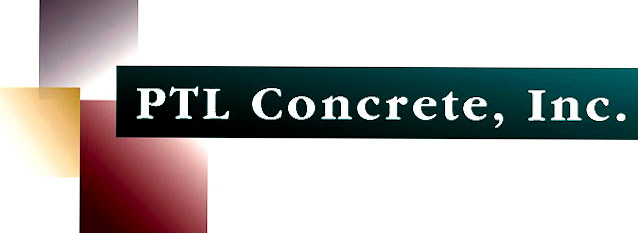Concrete is one of the main products used in the construction industry for its strength and durability; and with proper care, it can last for many, many years. Colorado is classified as a severe weather region. Therefore additional protection and maintenance is needed to protect your exterior concrete from damage due to weather extremes.
Protecting Your New Concrete
- Do not walk on new concrete for at least 24 hours after it is poured.
- Do not drive on new concrete for at least seven days.
- Do not allow snow and ice to accumulate on concrete. Shovel your drive, walk, patio, front porch and steps instead of using deicers.
- Do not apply deicing chemicals on concrete for snow and ice removal, even if they say they are safe for concrete. These contain aggressive chemicals that are known to attack concrete.
- As a safe environmental alternative, sand (plain) may be used anytime for traction.
- Avoid parking vehicles on driveway after driving on wet and salted streets. Deicing chemicals dripping from vehicles may contribute to damage of concrete surfaces.
- Apply a concrete sealer, purchased from your concrete supplier, periodically following manufacturer’s instructions. This requires minimal work and investment to protect new concrete for years to come.
Winter Protection
“Surface Scaling” is the most common problem seen when concrete is not protected from the freeze/thaw cycles of winter. Although extremely durable, exterior concrete slabs need to be protected from the damaging effects of ice and snow, especially during their first year. Ice, or snow which has turned into ice, can have damaging effects to the surface of these slabs.
Deicing chemicals can also cause scaling. The salts that are used on the City streets and then transferred to your driveways, sidewalks, and curbs from the plows or from dripping off your vehicle, as well as the deicing salts purchased to sprinkle on surfaces, will deteriorate the surface of concrete.
It is our recommendation to shovel snow completely off concrete slabs as soon as possible; and to stay away from the use of deicing salts.
Control Joints and Cracking
There are two types of cracks that can occur in concrete:
- The irregular cracks that occur in the surface of fresh concrete soon after it is placed and while it is still plastic are called “plastic shrinkage cracks”. These are caused by the shrinkage that occurs as concrete cures and hardens.
- Over time, freeze/thaw cycles or ground movement under concrete slabs due to moisture, and/or poor compaction, can also cause concrete to crack.
The primary benefit of concrete is that it is extremely strong and durable; thus there is minimal flexibility in concrete. We can not stop cracking but we can try to control it. Hand cut grooves, or “control joints,” are tooled into the slabs in precise locations. If the ground has movement, then the crack should occur within the tooled groove thus being less noticeable. Concrete however, does not always do what we think it will do and so sometimes unexpected cracks can occur.
In Conclusion, we find that regardless of proper “American Concrete Institute” precautions taken, concrete can still crack in unforeseen areas. Therefore industry standards have guidelines which designate permissible cracking. It is recommended to caulk any cracks as soon as possible, whether on the surface or within the control joints, to help eliminate moisture from getting down below the surface, which could in turn cause settlement issues and increased cracking.
